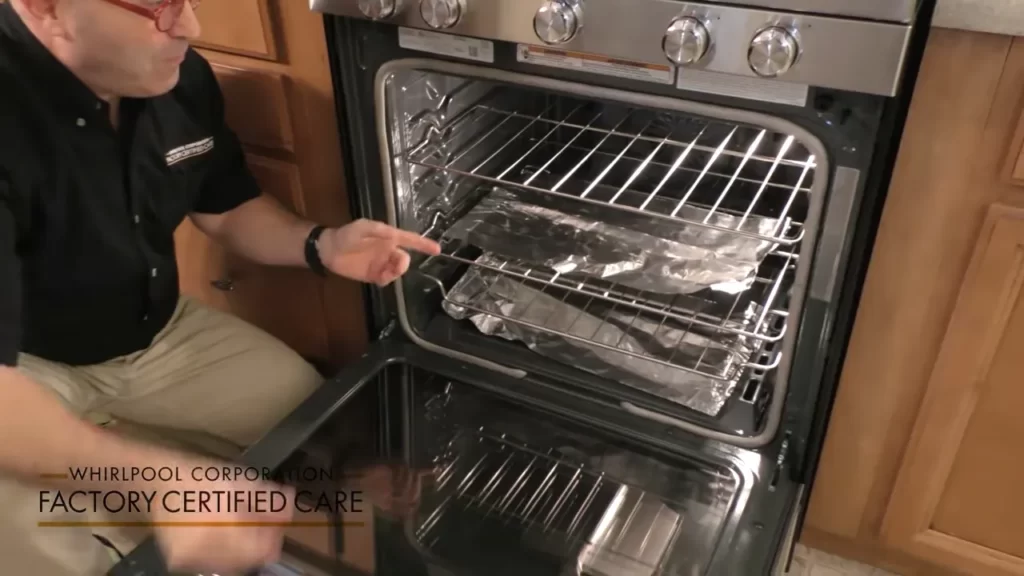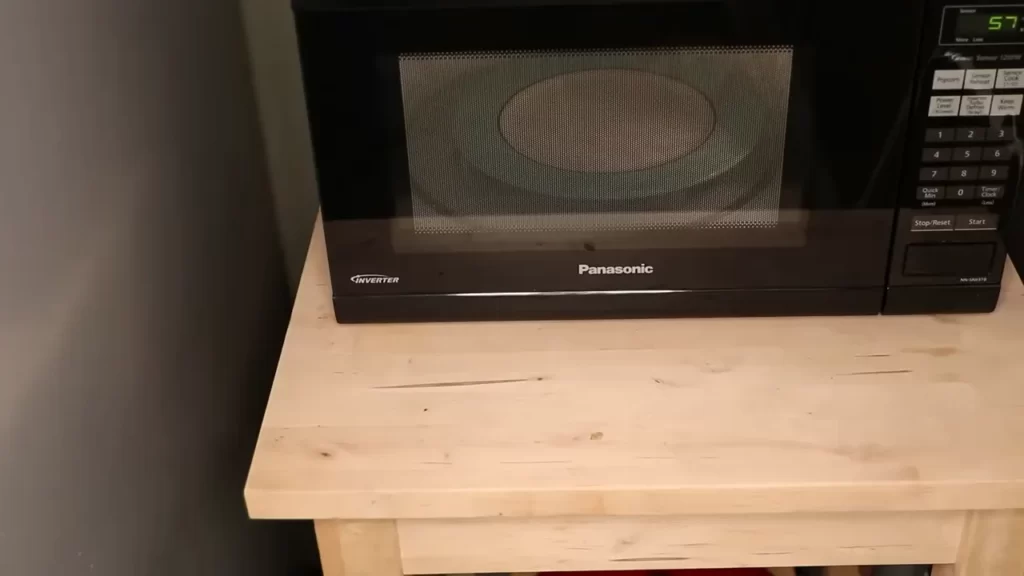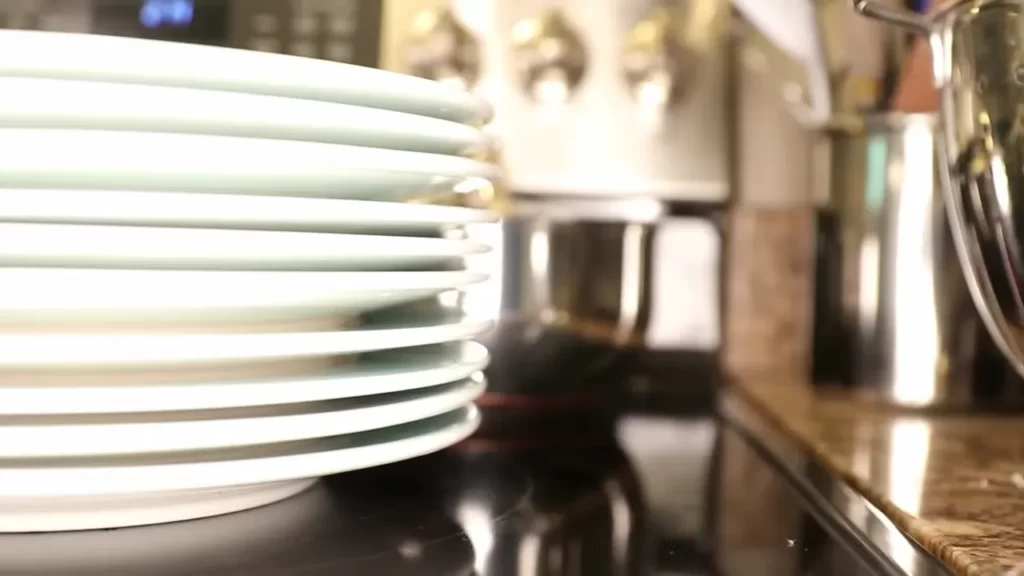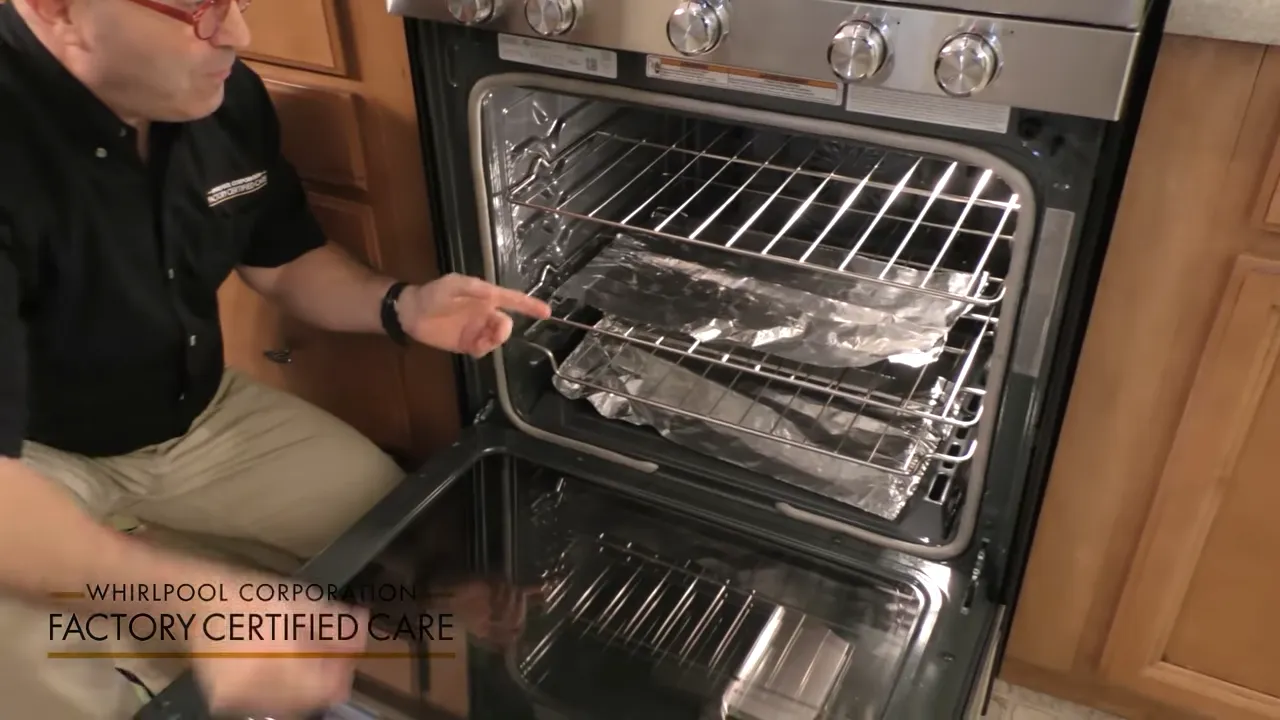Ovens are quintessential kitchen appliances, used for baking, roasting, and warming food. While they can handle a variety of utensils, the safety of placing everyday plates in them often comes into question. The dilemma arises mainly because not all plates are created equal.
Yes, some plates can be safely placed in the oven. However, it’s essential to verify if a plate is oven-safe before using it to prevent potential accidents or damage. Typically, the safety of a plate depends on its material and construction.
Placing non-oven-safe plates can lead to breakage, chemical contamination, or even oven damage. Hence, ensuring the oven-compatibility of your plates is crucial for both culinary success and safety.
Types of Plates
Ceramic Plates: Composition and General Use
Ceramic plates, crafted from clay and hardened by heat, are common in households worldwide. They come in various types, including porcelain, stoneware, and earthenware. These plates often boast a smooth surface and can bear intricate designs.
Porcelain, a subtype of ceramic, is highly regarded for its strength and non-porosity. This makes it resistant to liquid absorption, ensuring longevity.
Stoneware, denser than porcelain, is durable and can withstand higher temperatures, making it suitable for oven use.
Earthenware, although less durable than its counterparts, offers a rustic charm and is preferred for aesthetic purposes.

Glass Plates: Differentiating Between Oven-Safe and Non-Oven-Safe
Glass plates are translucent, offering an elegant appearance, and come in two primary types: tempered and non-tempered glass.
Tempered glass undergoes a process that increases its strength, allowing it to withstand higher temperatures. These are often deemed oven-safe, though it’s crucial to gradually heat them to avoid thermal shock.
Non-tempered glass, on the other hand, is fragile and prone to cracking under rapid temperature changes. These should not be used in the oven.
Metal Plates: Metals That Can and Cannot Go in the Oven
Metal plates are a versatile option, boasting both durability and efficient heat conduction.
Stainless steel plates are corrosion-resistant and can handle oven’s heat effortlessly.
Cast iron plates, heavy and robust, are oven champions. They can even be used for broiling given their high-temperature resilience.
However, metals like aluminum, while oven-safe, can warp under intense heat. Plates with non-metallic parts or coatings, such as non-stick surfaces, might release harmful fumes when exposed to high temperatures.

Plastic Plates: Why They’re Typically a No-Go
Plastic plates are lightweight and unbreakable, making them popular for outdoor and casual settings. However, they are typically not suited for the oven. When exposed to high temperatures, they can melt, deform, or even release harmful chemicals into the food. Even those labeled ‘heat-resistant’ should be used with caution and kept away from the oven’s direct heat.
Indicators of Oven-Safe Plates
Manufacturer’s Markings and Labels
One of the most straightforward ways to identify if a plate is oven-safe is by checking its underside. Manufacturers often imprint or label their products with symbols indicating their usability in the oven. A small oven icon or the term ‘oven-safe’ is a clear indication.
Texture and Material Hints
Another hint lies in the plate’s texture and material. Plates with a thicker build, such as stoneware, are typically more resistant to temperature changes than their thinner counterparts.
Absence of Decorative Elements
Plates adorned with metallic trims or intricate decorative elements might not be suitable for the oven. The adornments can melt or get damaged under heat, making the plate unsafe.

Risks of Using Non-Oven-Safe Plates
Plate Breakage and Potential for Injury
Using a plate not intended for oven use can lead to breakage. When a plate cracks or shatters inside the oven, it poses a risk of injury during removal or even causes damage to the oven’s interior.
Chemical Leaching and Food Contamination
Certain plates, especially those with decorative elements or made of specific plastics, can release chemicals when exposed to heat. These chemicals might leach into the food, rendering it unsafe for consumption.
Damage to the Oven
Beyond just the plate’s damage, using non-oven-safe plates can lead to spills or breakage inside the oven. This can stain the oven, cause smoke, or even result in malfunctions if the debris clogs essential parts.
Steps to Check if Plate is Oven-safe
When it comes to determining a plate’s oven-safety, several methods can offer insights. Here’s a methodical approach to ensure your plate can withstand oven temperatures:
Look for Manufacturer’s Label or Markings
- Start by flipping your plate and inspecting its base. Manufacturers often indicate oven compatibility with symbols or specific terms.
- An oven icon or the words ‘oven-safe’ are obvious indicators.
- If uncertain, consider referring to the manufacturer’s website or customer care for clear instructions.
Conduct a Touch Test
- Gently tap the plate with your fingers. Plates that produce a clear, ringing sound typically indicate no existing cracks or weaknesses.
- Plates emitting a dull thud might have imperfections, making them susceptible to breaking under temperature shifts.
Test Using a Low-Temperature Setting First
- If still unsure, perform a safety test. Place the plate in the oven set to a low temperature, say 150°F (65°C).
- Gradually increase the temperature in increments and observe the plate’s reaction.
- If the plate shows no signs of distress, it might be oven-safe. However, remain cautious during initial uses.
Alternative Solutions
There might be occasions when you’re uncertain about your plate’s oven readiness. In such cases, consider these alternatives:
Oven-specific Dishes: A Safer Bet
- Investing in dishes labeled oven-safe is a foolproof way to ensure safety.
- These dishes are designed to withstand high temperatures, making them perfect for baking or roasting.
Using Aluminum Foil or Baking Sheets
- If you’re keen on using a specific dish but are unsure of its oven compatibility, consider wrapping it in aluminum foil.
- Another option is placing your dish on a baking sheet, which can collect any spillage and prevent potential mess.
Opting for Oven-Safe Plate Covers
- These covers, designed to fit over your dish, protect it from direct heat, ensuring only the food gets cooked.
- It’s an excellent solution for dishes with decorative elements that might get damaged with direct oven contact.
Tips for Oven Use
Oven-cooking is both an art and a science. Here are some pointers to ensure a hassle-free experience:
Preheat the Oven Before Placing the Plate
- Always allow your oven to reach the desired temperature before introducing your plate.
- Preheating ensures even cooking and reduces the risk of thermal shock to your dishes.
Avoid Rapid Temperature Changes
- A sudden temperature change is the most common cause of dishes cracking or breaking.
- When taking a plate out of the oven, avoid placing it on a cold surface or exposing it to cold air instantly.
- Similarly, don’t introduce a cold dish directly into a hot oven.
Use Mitts or Tongs for Safe Plate Handling
- Handling hot plates can be risky. Always use oven mitts or tongs to move them.
- This not only protects your hands from burns but also ensures a firm grip, reducing the risk of dropping a hot dish.
To sum it up, while many plates can endure oven temperatures, it’s essential always to be cautious. Adopt a methodical approach when determining oven-safety, and when in doubt, opt for alternatives. After all, it’s better to be safe than sorry!
Frequently Asked Questions
Is porcelain plate oven-safe?
Porcelain plates, being a type of ceramic, are generally oven-safe unless they have metallic trims or decorations. However, it’s always best to check the manufacturer’s instructions.
Can I put a metal plate in the oven?
Yes, most metal plates, especially those made of stainless steel or cast iron, can be used in ovens. But avoid plates with non-metallic parts or coatings.
Are melamine plates safe for the oven?
No, melamine plates should not be used in the oven. They can melt or release harmful chemicals when heated.
Do oven-safe plates get hot?
Yes, oven-safe plates will become hot in the oven and should be handled with oven mitts or potholders to avoid burns.
Conclusion
Knowing which plates are safe for oven use is more than just a culinary requirement; it’s a safety imperative. While many plates can withstand the heat, others might crack, warp, or even release harmful substances into your food. Always prioritize safety by ensuring your plates are oven-compatible before using them. This simple step can save you from potential accidents and ensure your culinary creations turn out perfectly. Remember, when in doubt, always consult the manufacturer’s guidelines or opt for dishes explicitly labeled as oven-safe.
